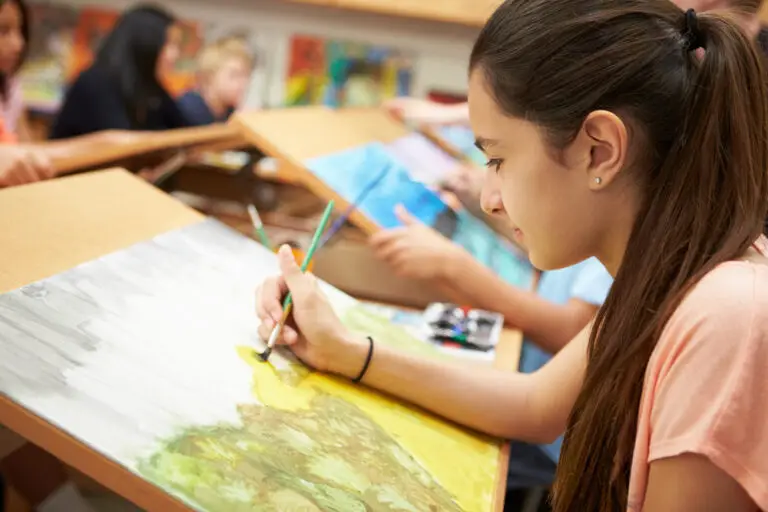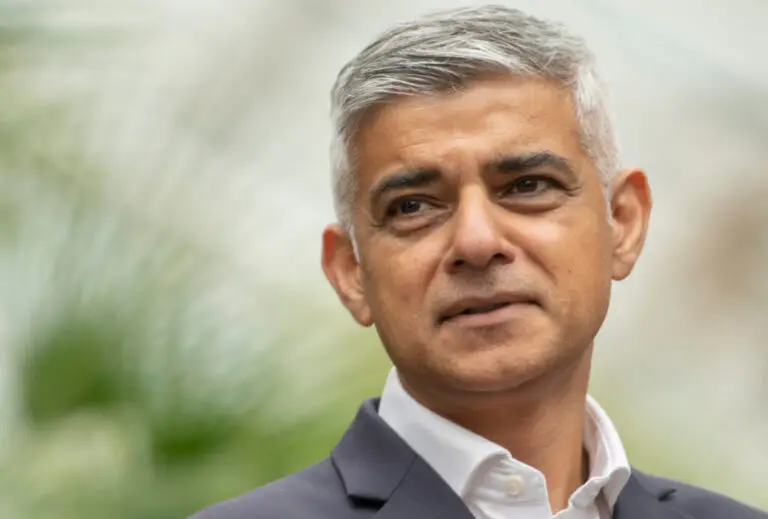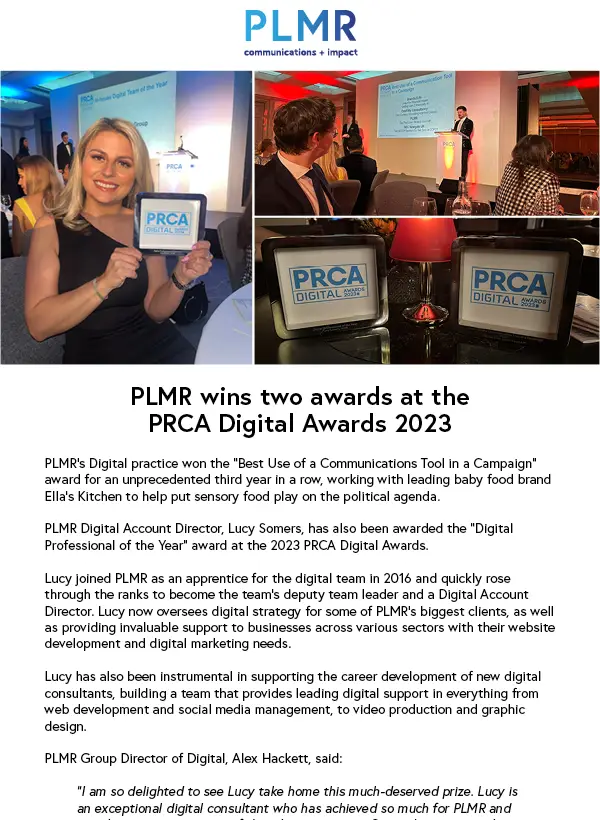Children’s Art Week, a programme of events co-ordinated by Engage (the National Association for Gallery Education) has been a beloved fixture in the education calendar since 2019. In previous years, Children’s Art Week provided an opportunity for children and families across the country to get involved in a diverse array of activities and projects aimed at widening access to visual arts and getting more young people to express themselves creatively. However, it appears to be running under much less fanfare this year, with fewer events lined up. This hints to the challenges across the arts education landscape, affecting educators and pupils alike.
Numerous signs point to arts education in the UK reaching a point of crisis. The All-Party Parliamentary Group (APPG) for Art, Craft and Design Education recently released the ‘Art Now’ report highlighting the challenges facing arts teachers across the country. Their report, described as a “health check” for the sector, calls for immediate actions to ensure that all children can access a high-quality education in arts and design.
The report references an “urgently needed” investigation into lost learning in art and design during the pandemic. Whilst the pandemic undoubtedly had an enormous impact on children’s education in all aspects, the report found that time was taken from art and design lessons to be spent on other subjects deemed to be of higher priority, such as English and maths. Post-pandemic, this stripping back of time and resources appears to be a continuing trend – 93% of teachers surveyed reported a decrease in resources. Fundamental skills gaps have emerged, with children lacking “basic skills such as holding pencils, paintbrushes or using scissors”.
The Art Now report also found that 67% of art and design teachers are thinking about leaving the profession, many of whom cite the lack of resources and increased stress due to higher workloads as a key driver of their dissatisfaction. The report also highlighted concerns related to the lack of training available to teachers, with more than one in five primary teachers reporting never attending any art-specific CPD.
A key casualty of the squeeze on resources experienced by schools across the country has been excursions and outings to cultural sites such as galleries; the Sutton Trust found that 50% of school leaders reported making cuts to such trips for financial reasons in 2023. The impact has been worse on schools in disadvantaged areas, where this figure rises to 68%.
Are there any solutions on the horizon?
The Department for Education recently announced the appointment of an expert advisory panel to deliver recommendations for a cultural education plan by the end of 2023 – certainly a welcome development. The panel will “champion the social value of cultural education” and aims to enable all children and young people to “access high-quality cultural education”. Undoubtedly, the sector will be relieved to see the panel focus particular attention on “tackling disparities in opportunity and outcome” with regard to cultural education. It is expected that the panel’s recommendations will be an important step in ensuring arts remains high on the list of educational priorities in the UK.
Whilst the panel comprises subject leads, academics and key figures from a wide range of artistic disciplines – ranging from architecture, to dance, to theatre and more – it may be a missed opportunity for the panel not to include any experts in the intersection between the arts and technology.
This intersection ought to be taken seriously by the panellists, particularly as technology has the potential to both enhance and threaten the creative arts curriculum, in equal measure. Technology could go a long way in remedying some of the resource gaps highlighted above – digital art technology, for instance, requires an initial buy-in of hardware and software, but is more reusable in the long-term than traditional art supplies. Platforms such as those provided by Art UK – a charity committed to free access to British art collections – are an invaluable resource, allowing children and young people to experience some of the world’s finest works of art without the cost of travel being a barrier.
The curriculum can – and should – bring technology into the classroom to ensure that children are being adequately prepared for their future, particularly where arts and culture are concerned. A growing cohort of language learners have been using generative AI platforms such as ChatGPT as a way of honing their written language skills, from having a conversation with the chat bot to using the platform to understand grammar points.
AI in particular has already begun to disrupt traditional learning across humanities subjects, raising questions about how we can flex the curriculum to embrace technological advances without compromising on the acquisition of basic skills such as maths and English. Many are concerned that AI will result in young people outsourcing creativity to AI platforms – indeed, this question is at the heart of the ongoing Hollywood writers’ strike, as studio executives ponder whether algorithms can create better scripts than teams of human writers.
At this crucial juncture for arts education, the extent to which the government understands – or does not understand – the power of technology to both imperil and empower children’s creativity will undoubtedly be very closely watched.





